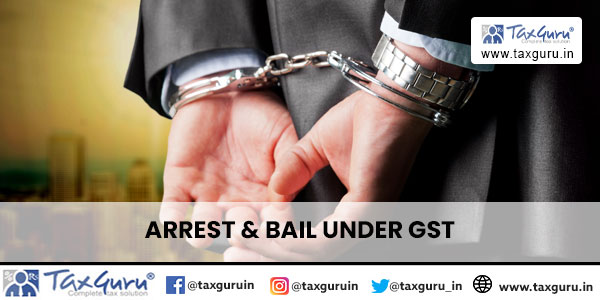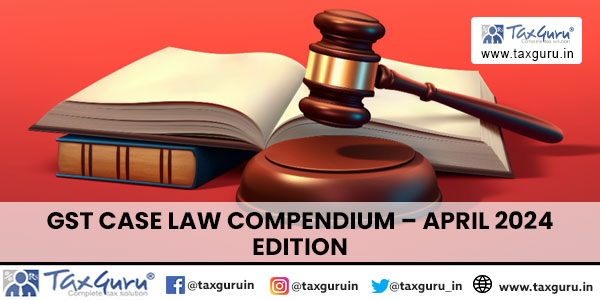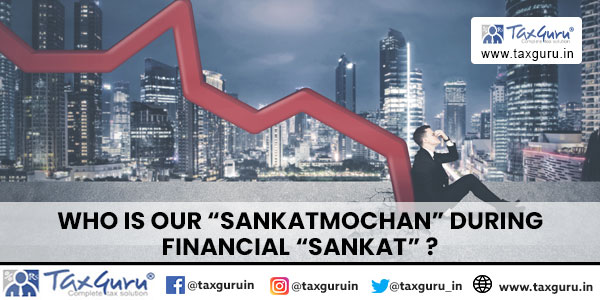
Successful businesses in India often purchase commercial property in order to accommodate an expanding workforce and acquire a more permanent physical presence. Such transactions regularly involve the purchase of one or more plots of land together with office building(s), or alternatively, buildings may be constructed on the land by the purchaser subsequently. Once the building is in use, the assessee business is entitled to claim depreciation on the same at the prescribed rates in force (presently, 10 %).
It is important to note that the two assets – land, and building are distinguishable from each other, and such distinction is important for the purposes of correctly determining the amount of depreciation claimable by the assessee.
It is a well known and understood fact that land is not a depreciable asset. By its very definition, depreciation means decrease in the value of an asset through wear and tear, deterioration or obsolescence. While these implications easily apply to buildings or other structures built upon land, the land itself as an asset has no finite life.
Only when the Sun engulfs the Earth in 4.5 billion years will the life of the land asset finally end!
To make things even clearer, let us examine Section 32 of the Income Tax Act, 1961. Section 32 (1) states:
[In respect of depreciation of –
(i) Buildings, machinery, plant or furniture, being tangible assets
(ii) Know-how, patents, copyrights, trademarks, licenses, franchises or any other business or commercial rights of similar nature, being intangible assets acquired on or after the 1st day of April, 1998,
owned, wholly or partly, by the assessee and used for the purposes of the business or profession, the following deductions shall be allowed ……]
It is important to note here that in Part (i), the Section refers specifically to Buildings. Nowhere is any reference made towards Land.
One of the most important, and often cited, judgements made on this matter is that of the Supreme Court of India, in the case of CIT vs. Alps Theatre (1967). The Supreme Court, overturning the decision of the Punjab & Haryana High Court, ruled that – “Building does not include the site because there cannot be any question of destruction of site…. Depreciation means decrease in value of property through wear, deterioration or obsolescence. (Webster’s New Word Dictionary). In that sense, land cannot depreciate. Depreciation is allowable only on the value of superstructure on the land and not on the value of land.”
Similarly, the Rajasthan High Court in the case of CIT vs. Vimal Chand Golecha (1993) noted that – “Land is a capital asset in terms of Section 2(14) of the Act and, in accordance with the scheme of the Act, it is treated as a separate asset. Even for the purpose of Section 32, a building which is entitled for depreciation would mean only the superstructure and would not include the site.”
Thus, in view of the aforementioned judgements, it is abundantly clear that in a case where the value of building and the value of the land on which it is built is separately identifiable, assessees must determine the depreciation on the value of the building only, at the rates specified as per Rule 5 of the Income Tax Rules, 1962. Depreciation debited to the Profit and Loss Account which pertains to the value of the land is liable to be disallowed by the Assessing Officer.
However, confusion often arises where separate values for land and building cannot be identified e.g. in the case of composite Sale Agreements where purchase of property has been made by businessmen / companies wherein the particulars of the Agreement mention a standalone consideration with no bifurcation made between the amount attributable to the value of the land and that to the value of the building. In such cases, what shall be the basis for charging depreciation?
The above issue has been a matter of contention between Revenue and assessees. There appear to be two conflicting judgments on the same. Let us examine them.
I – Depreciation can be charged on the composite amount
This argument seems to find favour with the Bengaluru Bench of the Income Tax Appellate Tribunal, where, in its judgement in the case of CIT v. Rajesh Exports Ltd. (2006), the ITAT ruled – “Where the assessee purchases a building and the purchase price (as per sale deed) is a composite one (sale deed does not indicate the prices of land and building separately), then no distinction at least in the consideration paid to the vendor can be made. However, if there is a clear-cut identity in respect of price paid to the land and building (i.e., the sale deed indicates price of land and building separately), then depreciation is available only on the building.”
The inference that is made from this judgement is that in cases where there is a composite purchase price, the entire amount can qualify for depreciation.
This judgement is often cited by assessees in cases where such disputes with the Department arise.
II – Depreciation to be charged only on the building value
Contradictory to the understanding of the ITAT in Bengaluru, the Mumbai Bench of the ITAT, in its judgement in the case of Burgmann India Pvt. Ltd. (2015), ruled – “Land despite forming part of the composite unit, does not merge with the building, and retains its independent identity…. The mere non specification of separate values would not enable allowance of deprecation on an asset (land) on which depreciation is not otherwise exigible. Any view to the contrary would promote the mischief of not specifying the values separately, which is the basis on which valuation is normally done.”
The Mumbai Bench of the ITAT has suitably pointed out that merging of land and building for this purpose could possibly lead to the creation of a loophole, whereby purchase agreements are deliberately made on a composite value, so as to enable assessee to claim depreciation on an enhanced amount.
In Conclusion: In the present scenario, it is clear that there is no definitive answer as yet on the subject of depreciation on land in cases involving unsegregated value between land and building. As such, this is expected to remain a contentious issue between the Department and assessees, and a matter of litigation until – a) a conclusive ruling from higher authorities is received, or b) Government issues a notification to this effect.
(Republished with Amendments)






















While adjudicating the value of property for stamp duty, since 2016 Maharashtra Government is first calculating the property value for the built up construction for the particular area as per its reckoner rate. Then they deduct the value of the land from the same reckoner rate. After difference is calculated on the difference they calculate the depreciation as per age of the building and add back to the land rate to arrive at the assessment of stamp duty. If your composite agreement is of the lower rate then you have to pay duty on what the adjudicator calculates. If agreeement is higher rate then you have to pay on the higher rate. At time of registration you are given the clear calculation of how the value has been calculated.
In such case we can find out market value of building(In case of newly constructed building) or Original cost of building (In case building was constructed long ago) & then reduce that value from total purchase cost of assessee. The remaining value would be automatically cost of land.
Writer Sir, it is a well disputed matter, as far as my knowledge is concern,it is not discussed in the any where in the act. Sir now the question arises what about multi storied buildings, The matter is debatable and require clear cut clarification.
Although Land value has not been quoted in the sale deed but that I think, the same can be calculated on the basis of Govt Rate as in a particular year ( say Year of Purchage) so as to segregate the value of land and building in case of such composite sale or purchage . This may fulfill the problem of bifurcation of value of land and building and can be treated accordingly in terms of Depriciaition etc.